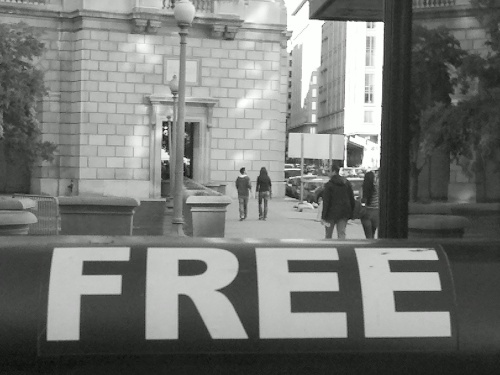Ernesto Benavides’ “The Fallout of the Guano River” critique
Ernesto Benavides’ “The Fallout of the Guano River” photo essay portrays Peru’s current harvesting of one of its largest exports; guano. Guano is bird droppings that are used as a fine fertilizer, with most of its current demand coming from a want of organic foods. Benavides’ photographs show the harsh life of the harvesters in Peru, as they must collect gull droppings for a full month in the heavy heat.

In “Overfishing Impacts”, the first of five photos in the essay, Benavides aims to show us how overfishing has effected the amount of birds that inhabit islands. Although it does seem like there are many gulls within the photo, Benavides notes that the amount of birds is less than one tenth of what it used to be. The photo uses a high angle POV to show us how massive the flock is along with the amount of guano workers must sift through. The focus is clearly on the blending of the various gulls into one collective flock against the dropping-smitten background. The color of the dirt and birds along with the high angle create a wide, yet textural image. The colors are quite striking, despite being mainly a sand brown, black, and white (colors may have been slightly enhanced, but not drastically). These photographs would have far less impact with a high contrast.

“Harvesting Guano” is a far more traditional medium shot, and is the first to show workers in the essay. Natural lighting appears is used, but there may have also been some high lighting (as seen from the bit of overexposure occurring on the back of the men’s shirts and on top of some of their bandanas.) It is difficult to tell whether or not colors were enhanced in these photos. Although colors do seem to hop out of the image (especially with the vibrancy located even in its grays and browns), one may wonder if color enhancement takes the true life out of these images. Either way, the photograph is very textural as we see the workers gathering guano along the coast of Peru.

“Dawn Harvest” shows workers harvesting a mound of guano using pickaxes and shovels. This photography is another medium shot and uses dawn’s natural back lighting against the tiny mountain of droppings. Colors are far less noticeable here, with everything being coated in guano (even the sky is browned by swirling clouds of the fertilizer). The photo uses a slightly lower POV to give the mound a far more daunting look and presence. As always, the photograph is very textural and encompassing.

“Seeking Better Wages” is in the same vein as “Dawn Harvest”, showing workers gathering guano using shovels and other means. The photograph also the blending color of dirt and guano throughout, unifying the image. The movement of the shovel shows along with the slight view of the man’s face shows us how grueling the work can be.

The final, and most striking image, is “The End of a Shift”. This photograph is an extreme closeup as we can see so many details on the man’s dust covered face. The whites of his eyes stand out prominently along with his slight smirk. Despite his extremely hard and tiring day at work, he can still put on a little smile for the camera. The texture in this image is astounding and is unforgettable. This photograph is very similar to Steve McCurry’s “Afghan Girl”.
Benavides’ photographs transports the viewer to the guano covered coasts in Peru. The texture in the image can make the viewer feel and situate themselves in the dust harvest grounds, letting the grime run through their fingers and stain their face. The photos are of everyday work for these men, giving a far more human quality than any set-up photograph could. Ernesto Benavides’ “The Fallout of the Guano River” stunningly portrays the modern collecting of guano in Peru and deserves all the praise it receives.





